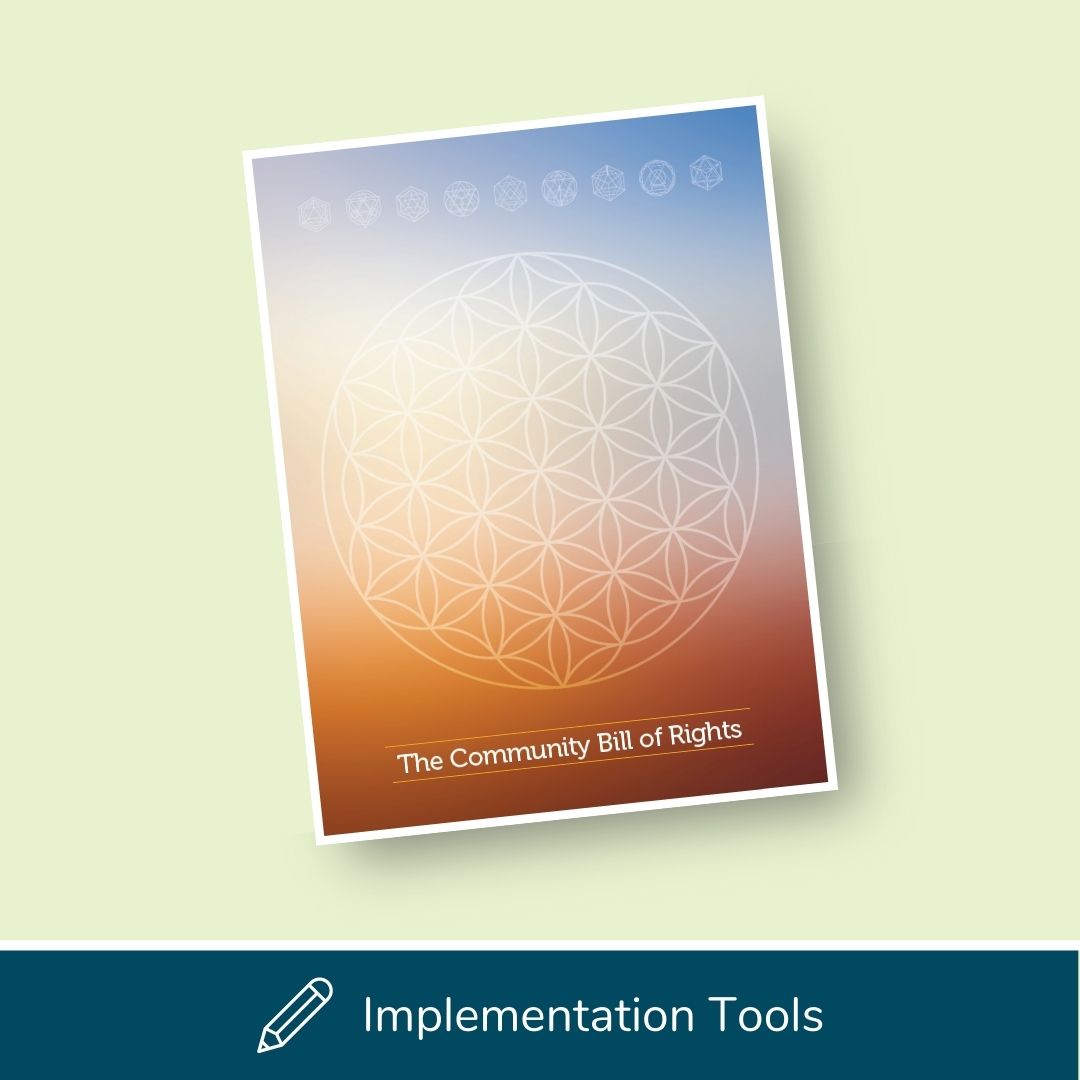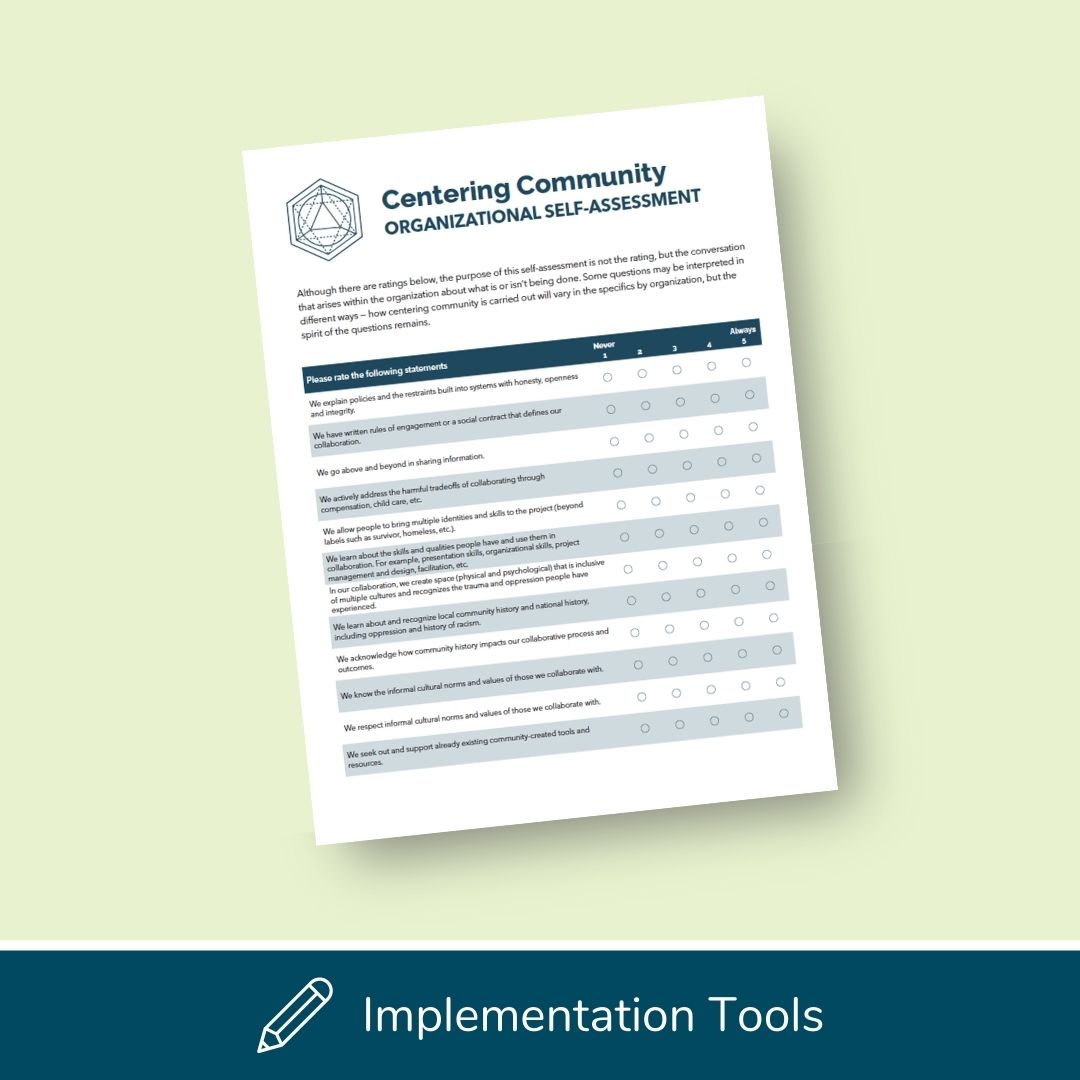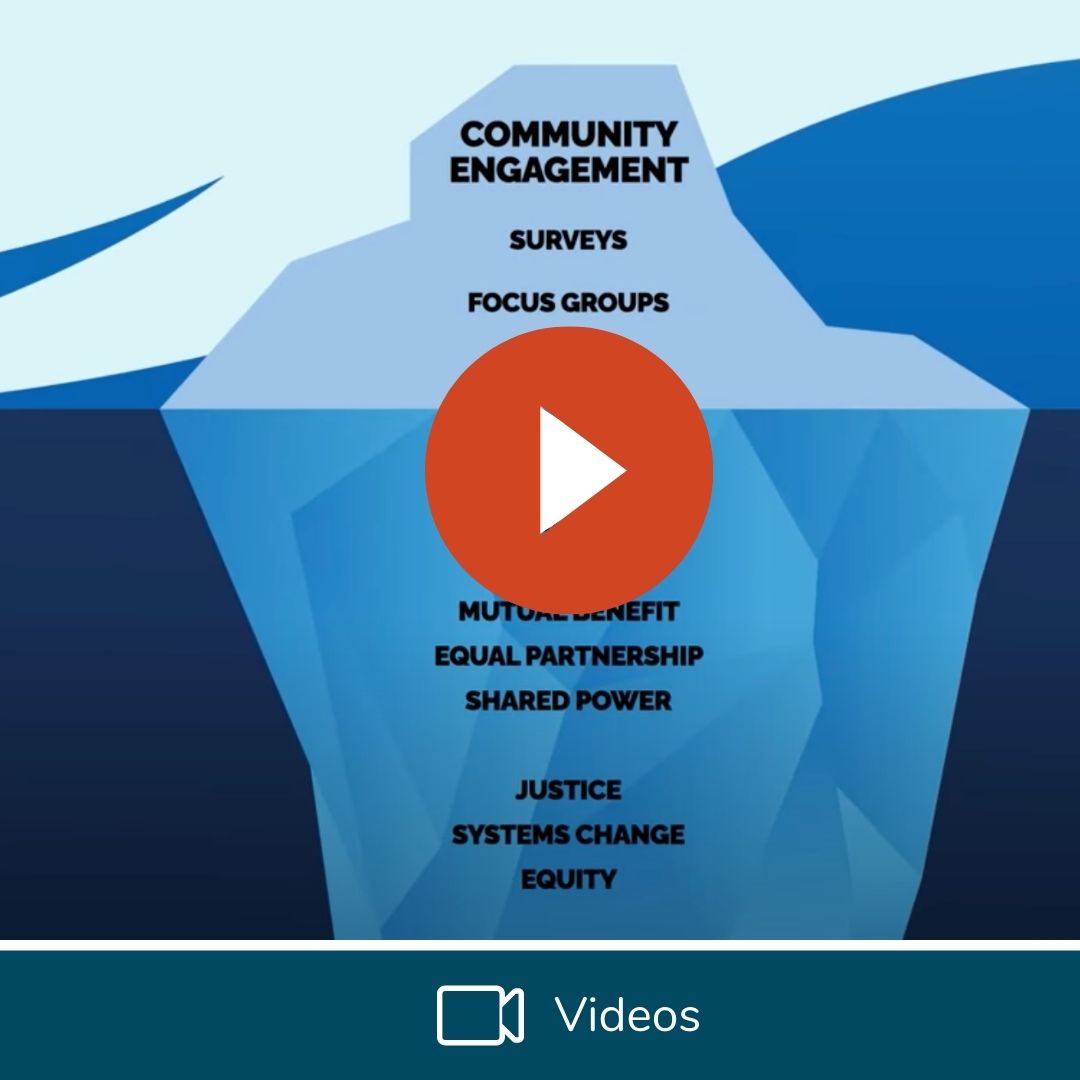What does this look like in practice?
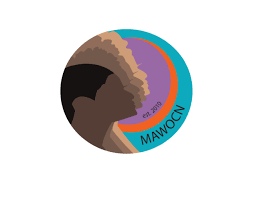 The Massachusetts Women of Color Network (MAWOCN) supports the leadership and sustainment of women of color working in the sexual and domestic violence (SDV) movement in Massachusetts. MAWOCN offers training and technical assistance, mentorship, member resources and systems advocacy.
The Massachusetts Women of Color Network (MAWOCN) supports the leadership and sustainment of women of color working in the sexual and domestic violence (SDV) movement in Massachusetts. MAWOCN offers training and technical assistance, mentorship, member resources and systems advocacy.
In 2022, MAWOCN released Keeping Black Survivors Alive (KBSA), a report illustrating Wellbeing Design Principle 2 in action. KBSA’s vision is to reduce Black mortality rates due to SDV. They do this in a variety of ways, including forgoing haste culture, bringing diverse voices on board, compensating survivors and program participants, centering survivors in leadership and more.
MAWOCN operates under the premise that survivors know best – not only in terms of how to better serve other survivors but also how to advocate for themselves. The first guiding principle in the KBSA report is to “prioritize strategies that are grounded in survivor experiences.” MAWOCN goes beyond acknowledging BIPOC survivors collectively by recognizing that services and resources need to be culturally specific and relevant. Not every community of color has the same experience and those at the center of the harm should dictate what matters most to them. MAWOCN also lifts up survivors’ lived expertise and contributions to shared learning and program development through fair compensation. By shifting power and designing alongside survivors, MAWOCN helps to ensure that people’s vulnerability and experiences are valued and not exploited. Click here for the 2021 report and learn more at mawocn.com.
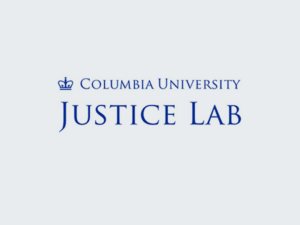 The Youth Justice Initiatives at Columbia Justice Lab is focused on ending the punitive youth prison model and investing in the communities hit hardest by youth incarceration. Their recently released Taking on Transformation website and desk guide provides the building blocks for transforming the current youth justice systems in the U.S. to center the needs of the young people, families and communities that are most impacted by them.
The Youth Justice Initiatives at Columbia Justice Lab is focused on ending the punitive youth prison model and investing in the communities hit hardest by youth incarceration. Their recently released Taking on Transformation website and desk guide provides the building blocks for transforming the current youth justice systems in the U.S. to center the needs of the young people, families and communities that are most impacted by them.
Taking on Transformation’s vision for youth justice is rooted in Wellbeing Design Principle 2. Only young people who have experienced system involvement and their families know fully the true scope of damages that the youth justice system causes. Thus, their experience must be prioritized when engaging in transformational systems change work. Without lived expertise, the knowledge base from which leaders are making decisions is severely limited. Services and supports for young people must be co-designed and co-owned by the communities most affected by the youth justice system.
Taking on Transformation’s Centering Youth & Families module includes self-assessment indicators for system leaders in furthering their commitment to full participation and leadership from young people and families. There are also action steps, tips, case studies and resources to dive deeper, including Process Matters, a report on Harris County, Texas’ experience with youth justice transformation, which led to a youth justice reinvestment fund as well as lessons learned about effectively engaging community advocates in transformative policy change. Learn more at takingontransformation.org.

 The
The  The
The 